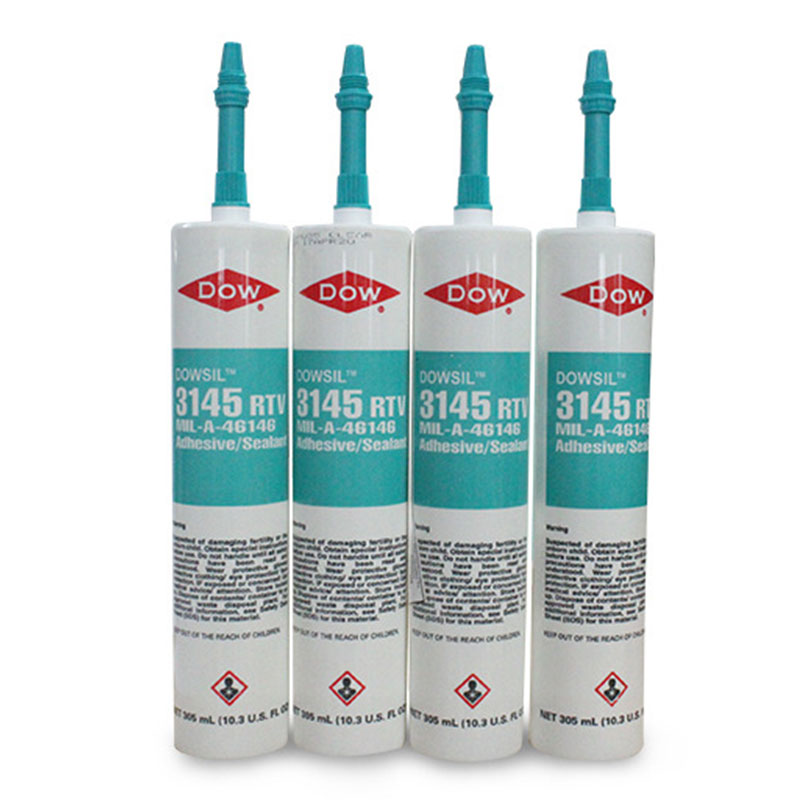How To Clean Sticky Silicone Rubber?
Silicone rubber is widely used in applications such as adhesives, sealants, Electronics, Industrial Coatings, and lubrications because of its durability, flexibility, and resistance to heat and chemicals. However, over time silicone rubber can sometimes become sticky on the surface. This stickiness may be caused by environmental exposure, surface residues, or incomplete curing of the material.
Table of Contents
Why Silicone Rubber Becomes Sticky
Several factors can lead to a sticky surface on silicone rubber:
Incomplete Curing
In the case of RTV-1 or RTV-2 Silicone Rubber, if the curing process is not fully completed, the material may remain tacky. Proper curing conditions are essential to achieve the desired mechanical and chemical resistance.Surface Contamination
Dust, oils, or industrial lubricants may adhere to the surface, making it feel sticky even though the silicone itself is intact.Aging and Degradation
Long-term exposure to high temperatures, UV radiation, or harsh chemicals can degrade silicone polymers, resulting in surface stickiness.
Methods to Clean Sticky Silicone Rubber
Cleaning silicone rubber must be done carefully to avoid damaging its structure:
Mild Soap and Warm Water
Wash the surface with a mixture of mild soap and warm water, then rinse and dry thoroughly. This method is suitable for general cleaning in electronics or coating applications.Isopropyl Alcohol (IPA)
For tougher residues, wipe the surface with a cloth dampened in isopropyl alcohol. IPA effectively removes oils and light contaminants without harming most cured silicone rubbers.Specialized Primers or Cleaners
In industrial uses such as adhesives, sealants, or coatings, primers and dedicated silicone cleaning solutions may be applied to restore surface performance before recoating or bonding.Avoid Harsh Chemicals
Solvents like acetone, benzene, or strong acids should not be used, as they can damage the silicone rubber surface or accelerate degradation.
Prevention Tips
To reduce the risk of stickiness in the future:
Ensure complete curing for RTV-1 and RTV-2 silicone rubbers under the recommended conditions.
Store silicone products in cool, dry environments, away from UV light and excessive heat.
Use primers and protective coatings when applying silicone rubber in demanding industrial settings.
Conclusion
Cleaning sticky silicone rubber involves understanding the root cause and using safe cleaning methods. Simple washing with soap, the use of isopropyl alcohol, or applying suitable primers can help restore the surface condition. Proper curing, correct storage, and protection are key to ensuring that silicone rubber products—whether in adhesives, sealants, electronics, or industrial coatings—maintain their performance over time.

Previous: What is Silicone Rubber Made Of?



